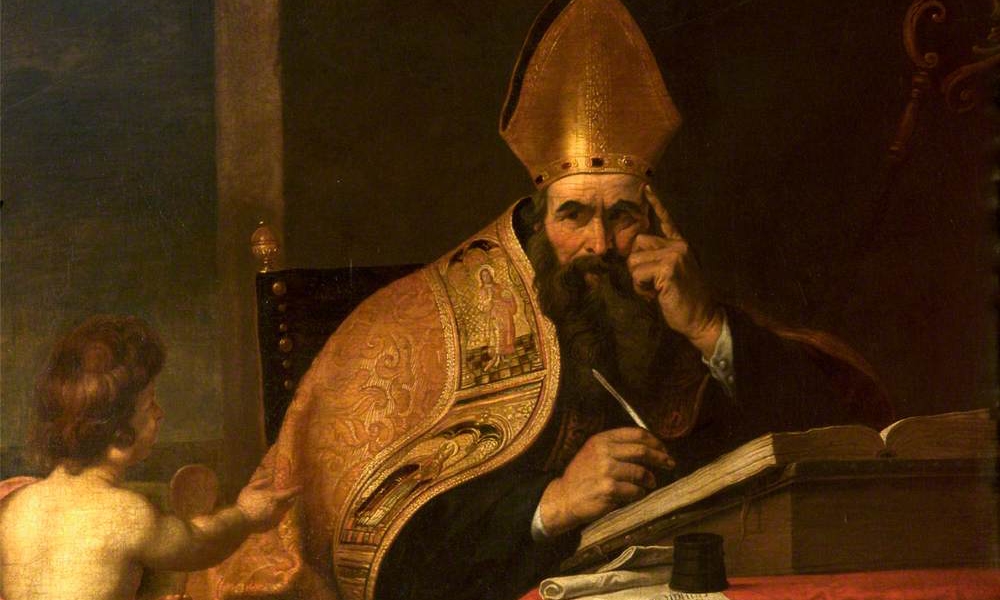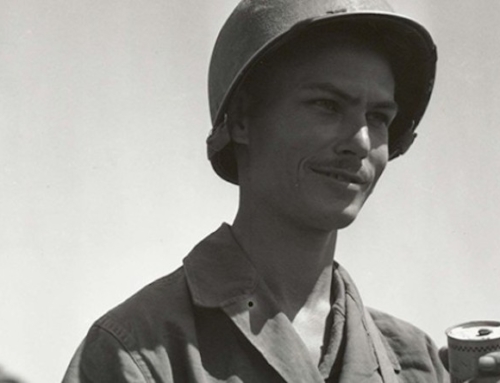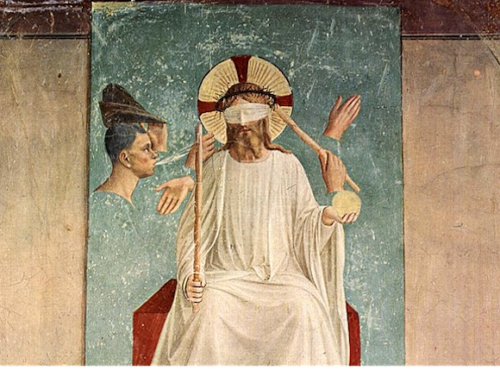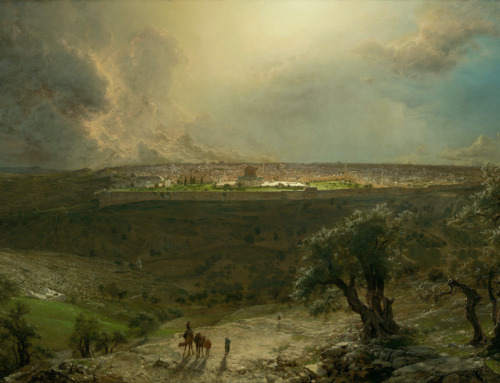In Blessed Jordan of Saxony’s important work, “On the Beginnings of the Order of Preachers,” he calls St. Augustine “the distinguished Preacher.” This way of identifying Augustine stands in splendid relief to St. Thomas Aquinas’ privileged use of St. Augustine as a theologian. Which was he? A preacher or a theologian? A closer look at this question will shed light on both Augustine and the Order of Preachers to which both Jordan and Thomas belong.
When reading about the life of Augustine, it becomes immediately clear that he began his life as neither a preacher nor a theologian. He was a fallen-away Catholic studying rhetoric and dabbling in the various philosophical schools of the day. In God’s Divine Providence, these early preoccupations of Augustine—rhetoric and philosophy—would later aid him greatly in his role as preacher and theologian. The baptismal waters into which he plunged at the age of 32 served as the wellspring of Divine Grace that would propel him to preach and write for the remainder of his life.
St. Augustine’s later approach to communicating the Gospel brings to mind that of St. Dominic. During the latter’s canonization process, a certain John of Spain captured the studious spirit of the itinerant preacher from Caleruega:
“In letters and in his spoken words he encouraged the brethren to apply themselves to the study of the New and Old Testaments more than any other reading. He always carried round with him the gospel of Matthew and the letters of Paul, and he read them so often that he knew them by heart.”
One could have applied these same words to the preacher from Tagaste who tirelessly traveled from one church to the next in northern Africa preaching true doctrine and combating heresy. Augustine’s actions modelled the studied doctrinal preaching of Dominic and the early brethren. Their study of Sacred Truth informed and strengthened their preaching while the need to preach (cf. 1 Cor 9:16) would send them back to their assiduous study.
A true portrait of St. Augustine, eminent preacher and sublime theologian, demands yet one more important stroke of the brush. It was the Rule of St. Augustine that Dominic chose for his nascent order of preaching friars to follow. It was Augustine qua contemplative canon (similar to a monk) who so nobly influenced the lives of the first brethren, from Jordan of Saxony to Thomas of Aquino. Shortly after his episcopal consecration, Augustine established a monastery for clerics at his bishop’s residence in Hippo. One contemporary biographer of Augustine describes the community: “this monastery was unlike the ascetic communities isolated in the Egyptian desert: books were read, study was pursued, learned conversation took place in a pleasant garden, in a town whose port brought many travellers” (Brown, Augustine of Hippo, 195). We could apply the same words to those convents of study and prayer established by Dominic in the heart of growing 13th century university cities. The contemplative life feeds both study and preaching.
There is a deep consonance between the life of this Doctor of the Church and the vision Dominic de Guzmán had for his Order of Preachers. The sons of Dominic mentioned above—Jordan and Thomas—each saw an aspect of Augustine (preacher and theologian) that maps on to the ideal Dominican friar. If we add the third dimension of monastic observance and contemplation, especially as seen through Augustine’s Rule, we see the full vision. Holy Father Augustine—preacher, theologian, contemplative—pray for us.
✠
Image by Gerard Seghers, The Four Doctors of the Western Church (Saint Augustine of Hippo)







